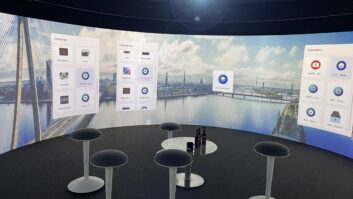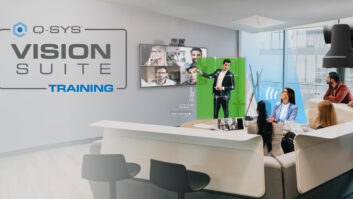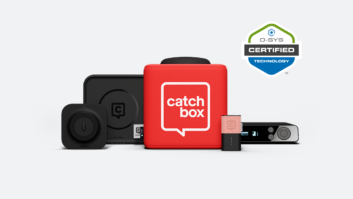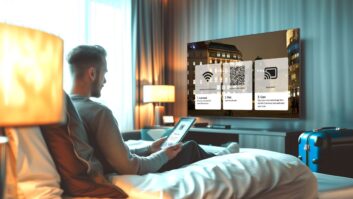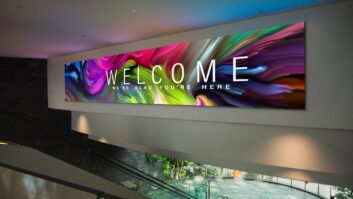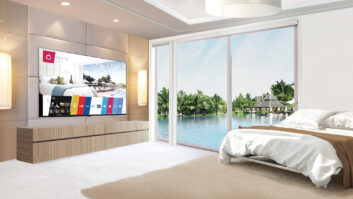Igloo Vision has become a channel partner for Unity, the world’s leading platform for creating and operating real-time 3D (RT3D) content. Being a Unity Channel Partner means Igloo Vision’s existing plugin has been approved to integrate with the Unity platform, enabling developers to seamlessly display their projects inside an Igloo shared immersive space.
 To coincide with the channel partnership, Igloo Vision is launching the Igloo Unity Reflect Viewer, a tool that gives Igloo clients the ability to access Unity’s Reflect solution directly through the Igloo interface. Unity Reflect was launched in 2019 and is a collaborative tool for the architecture, engineering, and construction industry that enables the transfer of building information modelling data from BIM360, Revit, Navisworks, SketchUp, and Rhino into a real-time 3D application that runs on a range of devices in 3D, AR and VR.
To coincide with the channel partnership, Igloo Vision is launching the Igloo Unity Reflect Viewer, a tool that gives Igloo clients the ability to access Unity’s Reflect solution directly through the Igloo interface. Unity Reflect was launched in 2019 and is a collaborative tool for the architecture, engineering, and construction industry that enables the transfer of building information modelling data from BIM360, Revit, Navisworks, SketchUp, and Rhino into a real-time 3D application that runs on a range of devices in 3D, AR and VR.
“We’re thrilled to take the first step of this partnership with Unity,” said Colin Yellowley, founder and managing director of Igloo Vision. “We’ve seen AEC clients use BIM models to great success in Igloo spaces, reviewing designs for constructions and plans. And, with Unity Reflect, designers and engineers working on different systems can bring their data sets into the same project, where everyone can collaborate in real-time. They can go beyond reviewing models – they can design them straight from their Igloo shared immersive space.”
Unity Reflect translates BIM models into workable, real-time content that is expressed as AR and/or VR experiences. In an Igloo immersive space, this becomes a shared experience for an entire team to get inside projects. It forms a completely interactive, immersive and shared experience. Entire teams can walk around their designs, manipulate them, and review them together. For AR or VR projects, it’s the equivalent of bringing an entire team inside the same VR headset. But, they retain the benefits of being able to communicate easily amongst each other, see what each other is looking at, make eye contact, and read eye contact.
